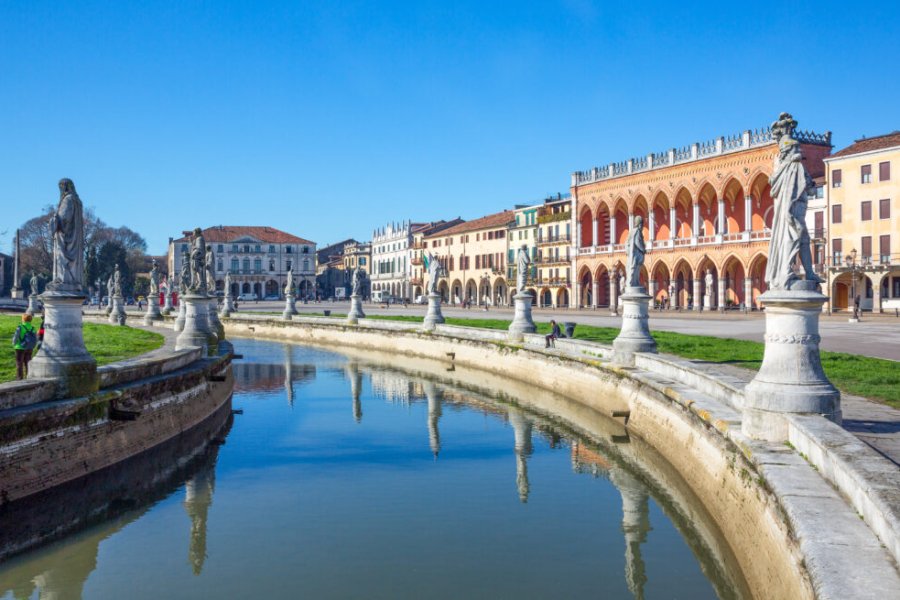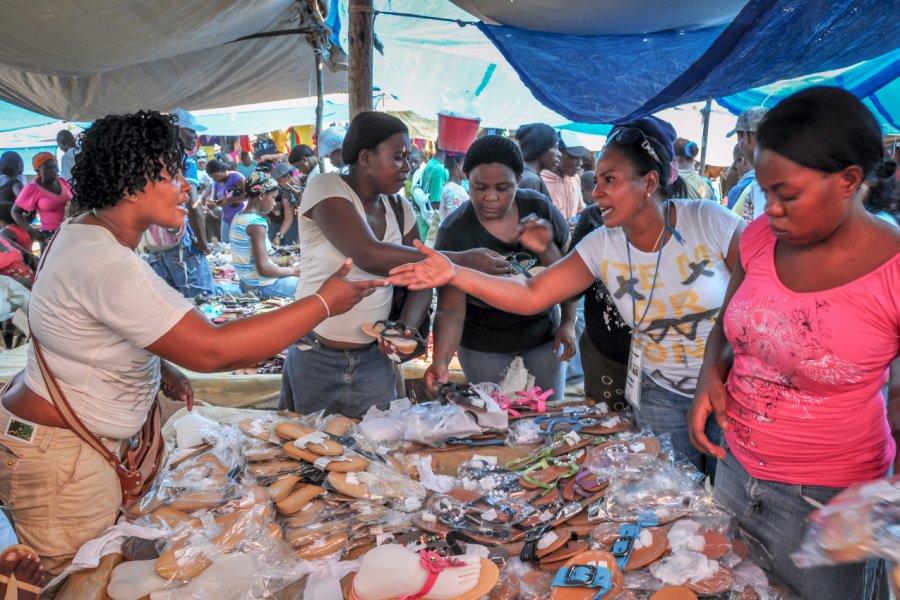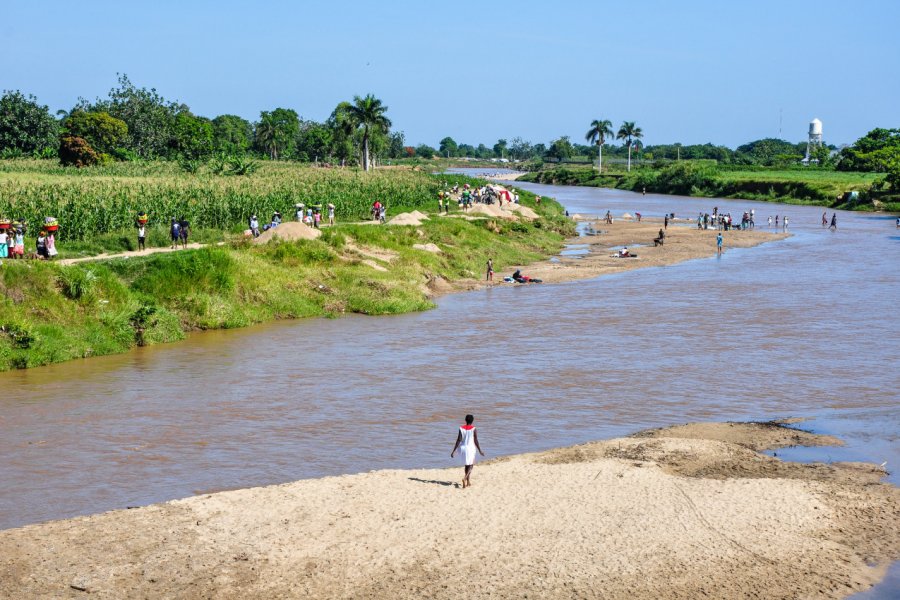Travel Guide Dajabón
Find an accommodation
Advertising
The name of this small border town is of Creole origin (daja means "fish"). The intense heat is hardly tempered by the presence of the old Río, called today Río Massacre, in memory of the Haitian massacres of dictatorship in 1937 during which almost 20 000 Haitians and Dominicans with very black skin perished. This popular nickname was formalized after the death of Trujillo.Like all Dominican cities, Dajabon has its central park, kiosk and church, and its clouds of small cireurs of shoes. But the core activity of the city focuses on its traffic in goods with its neighbour Haiti. Young people, the arms loaded with jeans, shirts, tennis and all kinds of clothing, go through the streets by offering their wares at derisory prices!The markets on Mondays and Fridays are particularly lively, since they are the opening days of the border. There are large wheelbarrows with wheelbarrows loaded with ice blocks, women with boîtes pyramid pyramids, jute bags filled with various consumer products loaded on the tired loins of bodies. It is a place of smuggling, marchandage, a strong emotional burden. When you get lost in the market at the hottest hours of the day, while the streets are crowded, the tension can be palpable…
What to visit Dajabón?
Advertising
Suggested addresses Dajabón
Weather at the moment
Advertising
Organize your trip with our partners Dajabón
Transportation
Book your plane tickets
Car Rental
Boat rental
Accommodation & stays
Find a hotel
Holiday rental
Find your campsite
Tailor-made trip
Immersion travel
Services / On site
Activities & visits
Find a doctor






